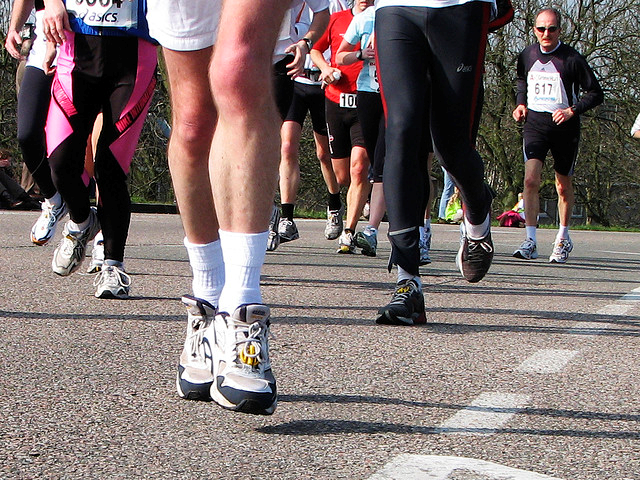
Heel spurs are small growths which occur on the underside of the heel. The growth –a calcium deposit, can extend forward as much as half an inch, making it difficult to walk without pain.
While the spurs themselves are not painful, they can cause pain to the heel.
Causes
Heel spurs are calcium deposits that develop over the course of months on the underside of the heel bone. They are common in athletes who spend a lot of time running or jumping. Heel spurs are caused by putting too much strain on your foot muscles and ligaments, and from repeated tearing of the membrane that covers the heel bone. Those who are at higher risk of developing heel spurs are:
- Athletes
- Those with poor fitting shoes
- Those who are overweight
Symptoms
Heel spurs in and of themselves are not painful, but the can cause pain –especially while running, walking, or jogging, since the spur causes inflammation of the soft-tissue surrounding the spur. Many people describe the pain as a sharp sticking sensation that turns into a dull ache.
Treatment
There are two forms of treatment that can be used to treat heel spurs:
- Nonsurgical Treatment
The non-surgical options are generally exhausted before surgery is recommended since heel spurs respond fairly well to nonsurgical treatments. These treatments can include various stretching exercises, shoe inserts, or physical therapy.
- Surgical Treatment
A majority of heel spurs are treated effectively with nonsurgical treatments, but those spurs that continue to cause discomfort or pain after a year may require surgery. Surgical options generally include releasing the plantar fascia or removing the spur.
Prevention
As if with most common injuries –taking preventative measures is your best option. To help prevent heel spurs from forming, here are some preventative measures that can be taken to help decrease your chances of developing a heel spur.
- Proper footwear
- Absorbent soles or inserts
- Appropriate foot wear while playing sports
For more information on heel spurs, contact Dr Lamarra of Shepherd Square Podiatry today.
Image: Hans Splinter
Tags: Foot Care, Heel, Prevention
